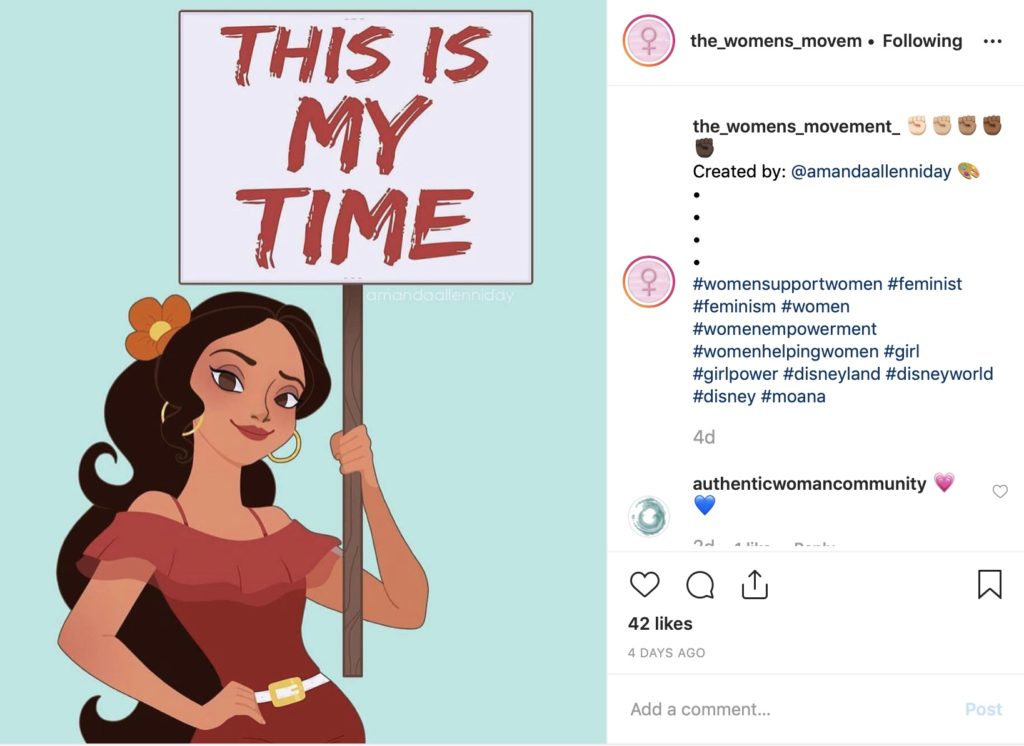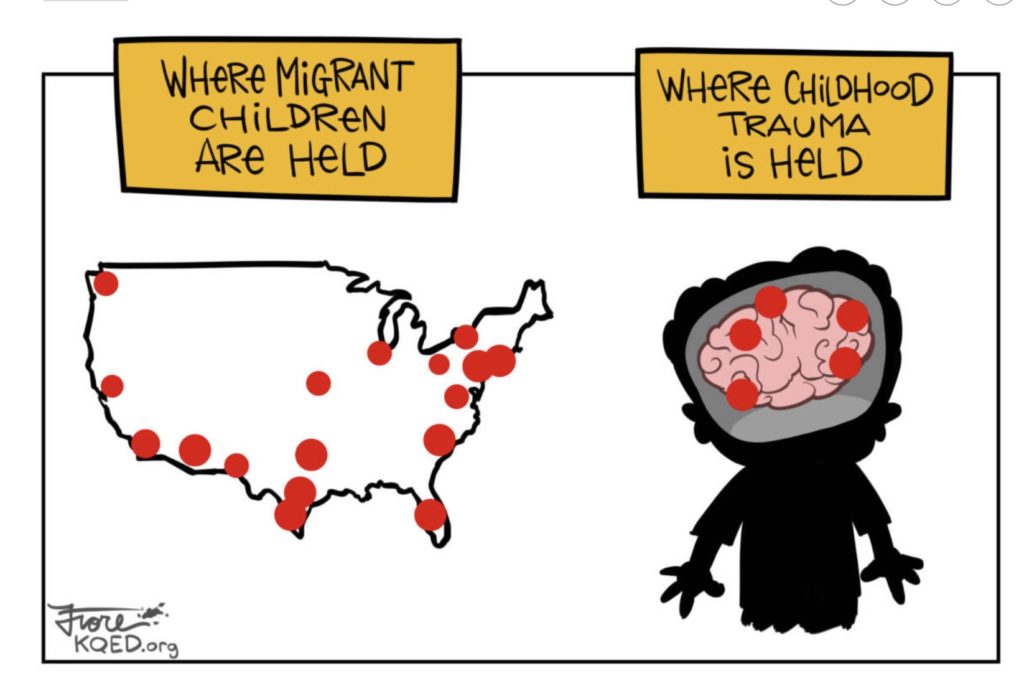
According to the Census Bureau’s 2017 report, Income and Poverty in the United States, the rate of poverty amongst Latinos dropped more than a full percentage point in one year, more than ever before. Poverty among other demographic groups, such as non-hispanic white, black, and Asian, had no statistically significant change between 2016 and 2017. Additionally, the median income for a Latino household rose 3.7 percentage points, landing at $50,486. Both the income rise and poverty alleviation have been the trend for Latino households over the last three years.
This is great news — any improvement in the realm of poverty and food insecurity is always welcome and noteworthy. But statistics have the ability to blow up small victories into the appearance of complete resolution. When we delve deeper into the break down, we see that Latino males began to earn higher wages and poverty levels improved for foreign-born Latinos and Latinos living out West. What about Latinas, who are often enough heads of household? And what about communities outside of these specific locations and demographic groups?
While the consistent rate of improvement in these sectors of the Latino population is unprecedented, there is no reason to interpret this upward trend as a denial that poverty still affects the U.S. Latino population in a disproportionate way. Some will absurdly argue that the good news about income and poverty, plus the record low rates of unemployment amongst Latinos means they are we are doing much better off than other races, but the reality is quite different.
The census information reveals that the upward trend in income and the relief of poverty are also present nationwide — that many Latinos are being swept along with it stands to follow and we will hopefully continue to see these improvements in the population at large and every subset of it. However, Latinos residing in urban areas, native-born Latinos, and most notably Latinas have not yet felt the effects of this shift and continue to comprise some of the poorest segments of our society. So even while looking solely at the bits of information that are positive, not everyone in the general Latino demographic is part of the improvement.
In fact, some parts of the Latino demographic are still so radically disenfranchised that even though we comprise only 18.3% of the total population, we disproportionately make up 27.2% of the population that lives in poverty in the United States. Clearly, job security is not the only factor that affects a person’s ability to live above the poverty line and guarantee food on the table. Americans, and especially Latino Americans, struggle with a series of other factors that conspire to keep them in conditions not too different from the poverty they or their ancestors left behind in Central and South America.
The Race Variable
The first factor that works against Latino populations and their quest for better living conditions and food security is already silhouetted in the census report — our race. Latinos are second most likely group to suffer from discrimination after African Americans, and the fastest growing group in the country. More Latinos has not meant less discrimination, but the contrary, and a study conducted by Rutgers University determined that nearly a quarter of Latinos in the workplace experience it.
In addition to the social consequences of job discrimination, like overwork, underpayment, and other abuses, these conditions set the stage for emotional turmoil and mental health issues as well. Many of the same Latinos who report feeling discrimination connect it to feelings of inferiority, depression, bitterness, and eventually withdrawing themselves from the workplace. Even in light of the recent rise in the employment rate among Latino males, many of the jobs — around 1 million of them — are extremely low-earning agricultural jobs, seasonal, and completely devoid of benefits. More than half of these families (61%) are living well below the poverty line.
When one quarter of the Latino households in the U.S. have a yearly income of less than $25,000, it is difficult to believe the spin about how well the economy is treating this demographic, whose quality of life is not yet at an acceptable level. The combination of race and gender discrimination is perhaps the most insidious. Latinas earn only 54 cents to a white male’s dollar, the most radical of the current wage gaps, which adds up to the loss of $24,000 in annual income. If Latinas were paid what they rightfully deserve, it would double their income, allowing them to rise above the poverty line.

Even more breathtaking is that 34% of Latina-led households, compared to around 18% of Latino- or undocumented worker-led households, live in poverty. (The Federal level is 12.3%).
The double jeopardy of being Latina and female in the U.S. begins in childhood, with more than 20% of Latinas 18 years old and younger are living under the poverty line. Latina girls comprise perhaps the hardest hit sub-sector of the population, with their age, race, and gender all working against them.
How this all Affects Children

Children are amongst the most vulnerable members of any society, and 21% of Latino children face food insecurity. A Latino child is twice as likely to have insufficient or inadequate nutrition. That 15% of children in the general population of the U.S. who don’t have a guaranteed square meal a day, much less three, is also shocking. Once again, gender doubles down one the stakes, so even in the overall population, having a single female parent jumps the danger of going hungry to 30% and this number is estimated to be even higher for Latina, single-parent households.
Not only are Latino kids going hungry, but the vicious circle of being unfathomably poor also leads to school truancy, even though school might be the only chance at two hot meals a day. Being poor means giving up on education early in favor or work, though, and for many Latino children there is no clear path out of high school, much less to college. With the highest rate of dropping out of high school (18%), many Latino kids grow to go directly to the military or straight to work, with 66% of them recognizing their decision is a product of needing to help their family out.
Growing into adulthood doesn’t necessarily make the Latino financial experience more manageable in the U.S. Many adults who started their lives with food insecurity or who are unable to access fresh, nutritious food due to lack of resources, experience failing health as a result. Limited access to health care, with only one in three Latinos being insured, also leads to health problems prevalent in the community, such as obesity, cancer, and diabetes. Unsafe job conditions and having to work multiple jobs also contribute to poor health outcomes. Paying for the care the these conditions require can easily tap the already limited resources of a family, which can end up indebted or destitute even if they didn’t start out that way.
Another complication particular to the current Latino experience in this country is that the community is made up of both documented and undocumented individuals. Whatever can be said of the difficulties faced by naturalized or American-born Latinos, undocumented Latinos don’t have access to good jobs that pay well and offer benefits. The difference between the median income in the U.S. general population (around $61,000) and the median Latino income ($50,000) already represents the difference between living above and below the poverty in some cases, but when we consider that the median undocumented householder income is $32,000, we can begin to imagine the obstacles to Latinos in the work force.
Migrant workers, who perform the seasonal and backbreaking chore of harvesting the various crops grown around the country, live in conditions that might belong more to feudal times than our current era. It is calculated that this labor force has a median annual income of less than $7,500. No, it’s not a typo — this is what an average migrant worker makes per year. Imaginably, this means that nearly 63% of these predominantly Latino workers go hungry. The people who pick the food for the rest of us can’t themselves afford to eat.
Undocumented latinos may also, out of fear of deportation, deprive themselves and their families of the services and goods to which they are rightfully entitled as workers and taxpayers, such as health services and nutritional support from the government. They might shy away from seeking out better school programs for their children than the ones in their underserved districts. Tragically, they don’t often have any recourse to change their legal status and are trapped in immigration limbo. The saddest part is that undocumented immigrants are not always wrong to be skittish.
The Prison Problem

Mass incarceration of Latinos, as well as increasing efforts to detect and deport undocumented workers, leads to the destruction of families and thousands of dollars lost to bail money, court fees, and lawyers. A demographic that is disproportionately struggling to make ends meet does not have sufficient money stashed away to cover paying a multi-thousand dollar bond for a family member arrested by immigration officials. Border states have random police checks, there is news of arrests daily, and someone somewhere right now is talking about building more walls.
While it is heartening to see the tide of unemployment and income turn towards improvement in the Latino community, those percentage points gained are just drops into what needs to be a big lake of turning this around. Race and culture are not solitary factors, but when combined with others, like gender, age, and immigration status, turn crippling for Latinos who are trying to survive and maybe even get ahead in this country.
The immigrant story is a United States classic, with droves of people coming here in search of a fighting chance. Never before had so many come willingly, hopefully, from so close by, stayed and contributed their hard work, culture, and language to the U.S., only to find themselves stunted in the dreaming by the impermeability of American culture to their efforts. This is especially notable on the eve of the Latino minority rising to become — again, in an unprecedented way — 28.6% of the population by 2060. If we keep on this path, does that mean that nearly a quarter of the U.S. population will be treading water near the poverty line? The first step may be understanding why Latinos are broke, but the next and necessary one is to change it.
For Image credit or remove please email for immediate removal - info@belatina.com







































